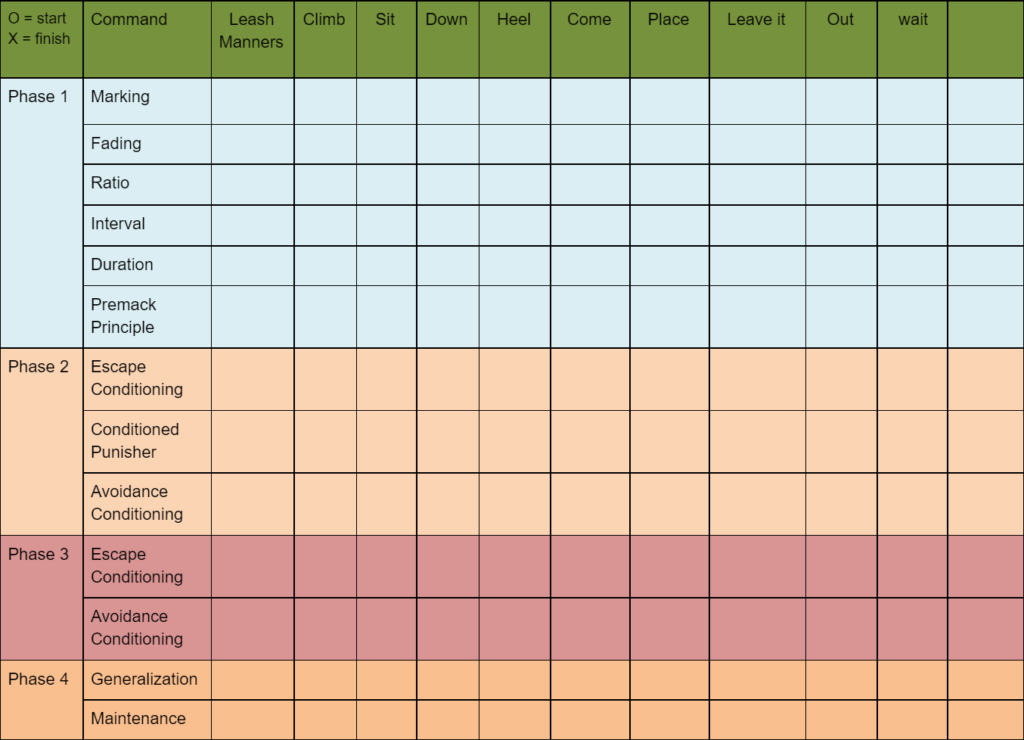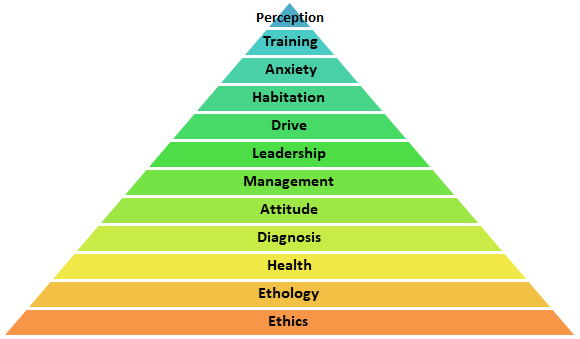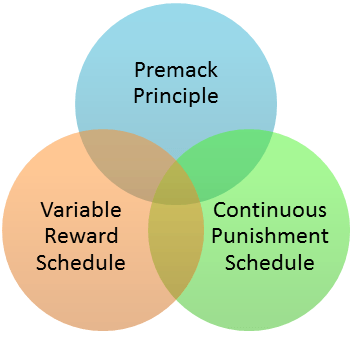Objectives
- What is Phase 3 Training?
- How does escape conditioning differ in phase 3?
- Why is it recommended to use an e-collar in phase 3?
- Are there alternatives to using e-collars in phase 3?
- Why widespread and varying e-collar polices are causing more distress to dogs in training than necessary?
- Why it is important to strive for a LIMA based e-collar policy in your training plans?
- What are the prerequisites before starting phase 3 escape conditioning?
- Why I recommend using the Dogtra brand of e-collar
- What does a command structure look like for escape conditioning with an e-collar?
- What does a training session look like at this stage?
- When do we know we can move to the next step in training?
What is Phase 3 Training?
Phase 3 focuses on teaching dogs how to escape and avoid aversives that will be considered more motivational than the most stimulating of stimuli possible.



What are the prerequisites before starting phase 3 escape conditioning?
- Understand your Foundation
- Phase 1-2
- Equipment Safety and Proper Fitting
- Phase 3 Mechanics


Why do I recommend using the Dogtra brand of e-collar?
- Number 1 reason is that it is the least amount of physical force for the most motivation comapred to other tools
- replaces throw chains, sling shots, and other thrown objects
- reward based training is NOT a scientifically valid replacement for what it is used for. Although it is used in conjunction to lesson the degree of use.
- Not all ecollars are created equal
- reliability
- sensation duration
- "muscle twitch" vs "pain"
- HOW it is used and placement is important. "Muscle twich" vs "pain"

How do we do it?
Still use this for phase 2 commands

Group commands into "types" during Phase 3:
- Towards Handler
- Away from Handler
- Stationary Position Changes
Use this only on one command "type" at a time in Phase 3 until the e-collar is understood for that "type".
Notice that you do not use the conditioned punisher. You do not want to miss an opportunity for the dog to learn.

Understand the importance of the competing motivator!
- What is more motivating to the dog than the existing phase 2 punishment?
- Something novel? Closer proximity?
- Tilt the scale so the dog can get a chance to learn.
Escape conditioning for each command is broken down into 4 steps.
1 - On-leash returning to command
2 - On-leash entering the command
3 - Off-leash returning to command
4 - Off-leash entering the command

When do we know we can move to the next step in training?
Why is foundation style dog training LIMA
What does Steven Lindsay say about LIMA and E-collars? He is in agreement about the potential benefits that are overshadowed by amateur use: LIMA (Least Intrusive Minimally Aversive) in Dog Training
"A device for delivering remote punishment that has considerable usefulness is the remote- activated electronic collar. Remote electronic stimulation provides a means for delivering a well-timed and measured aversive event. In many ways, it represents an ideal positive punisher, having many potential applications in dog training."
"What may not be justifiable is their current widespread use by dog owners with little behavioral background or experience. There is a considerable risk for abuse when such collars are placed into naive and inexperienced hands."
- Steven Lindsay, Handbook of Applied Dog Behavior and Training, Vol. 1: Adaptation and Learning Volume 1 Edition
- potentially over 99% less E-collar used in the training process
- It is not used to "teach" commands
- It is used with best practices of esacpe conditioning, making it easier and quicker for the dog to find the answer
- only used on a "nick" which is fraction of the stime used than methods that use "continuous"
- dogs have already learned how to avoid punishment before using the ecollar, so the avoidance conditioning phase is very short.
- less ecollar stim used on the finished dog
- lower levels of stim used on the finished dog
- more exposure to stim is proven to increase the dog's tolerance for stim, and results in ultimately using higher levels over time.
- Offers more alternatives that motivate the dog to perform the behavior
- mastery of reward schedules (primary and secondary)
- mastery of conditioned punishers (secondary punishers)
- mastery of Premack Principle
Current Problem - LOW STANDARDS of USE
- The most numerous dog training franchises only require 3 weeks of "school" that revolve around the use of ecollars.
- Pet owners can attend seminars to learn how to use ecollars, without any prerequit knowledge
- Even the manufacturers of ecollars are indisciminite in their use and simplify training (16 sentences of instruction on how to train dogs with an ecollar).
The Consequences
- Bad public realtions
- Tool bans
- Consumer protection
- Dog protection
- Professional protection
- Owners don't know better
- Law makers don't better
- Even many professionals do not know any better, because they "don't know, what they don't know", even if they have good intentions.
In summary, learn this way and:
- You can be transparent
- You will be LIMA
- You will get better long term results
- You will enjoy training more
- You can handle high difficulty cases




Responses